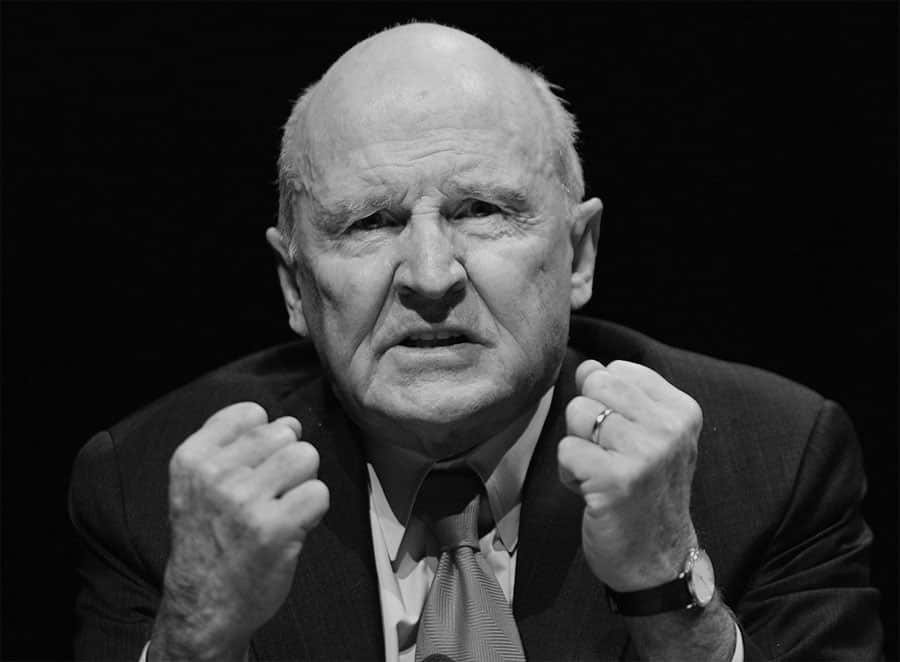Does reverse mentoring really work, in the workplace?

Reverse Mentoring is a novel concept that is gaining popularity in today’s fast-paced, tech-savvy world. Have you ever wondered what reverse mentoring is all about? Here are answers to a few frequently asked questions on reverse mentoring.
What is reverse mentoring?
Popularized by Jack Welch, CEO of GE, reverse mentoring is an approach that acknowledges everyone in the organization brings something to the table. Reverse mentoring partnerships generally include an older, more experienced executive with a younger, less-experienced newcomer. As the name suggests, the younger employee servers as the mentor. Yet, reverse mentoring is indeed a two-way street.
What are the benefits of reverse mentoring?
On the one hand, reverse mentoring gives senior executives an opportunity to stay up-to-date with the latest business technologies and workplace trends. On the other, it helps junior employees see the larger picture and gives them a glimpse of macro-level management issues. Reverse mentoring also increases retention of millennial employees and gives senior executives the satisfaction of sharing their knowledge with the next generation. It increases multi-generational engagement and reduces conflicts between generations in the work place.
Does reverse mentoring really work, in the workplace?
Yes. Leading organizations such a Hewlett Packard, Ogilvy and Mather, Cisco and Hartford Financial Services sing the praises of reverse mentoring.
Ogilvy and Mather, one of the leading ad agencies in the world, launched a reverse mentoring program to help senior execs enhance their social media skills. Spencer Osborn, worldwide managing director of O&M points out that not only did the program teach him to jazz up his tweets; it also helped boost morale and retention of younger employees at the firm.
When Hartford Financial Services started a reverse mentoring program, the aim was to train C-suite execs in the tools and culture of social media. With entry-level employees in their twenties as mentors, the business leaders soon began to appreciate the power of “searching” for answers on the spot, and they wanted others in the company to benefit from the same flexibility. As a result, social networks that were previously off-limits to Hartford employees were unlocked.
Any tips on starting a reverse mentoring program?
- Make the perfect match
Reverse mentoring involves two people with extremely different, experiences, backgrounds and cultures; therefore creating the ideal mentoring partnership is vital. Choose mentors who possess good social skills and have the confidence to interact with and teach senior management.
- Set a level playing field
Start the reverse mentoring program with a fun and informal orientation. The orientation should give the mentors and mentees an opportunity to interact with each other as individuals – not as the boss or as the newbie who is fresh out of grad school. This will set the stage for the entire program and in time help erase traditional hierarchies.
- Set specific formal goals but allow space for individual innovation
It is important to list out what the reverse mentoring program aims to achieve in general, for all participants. However each mentoring partnership is unique. So mentors and mentees may also enjoy and benefit from helping each other in ways not defined by the program. A young mentor might help a C-suite Exec choose a new cell phone. Or a CEO might share tips on how a new entrant can advance his / her career. So factor in the need for informal goals to be met as well.
- Consider program automation
If your program has a large number of participants, consider using software to help run your program. It can help you make mentor matches, track progress, and report on results to help you measure program ROI.
Good luck with your reverse mentoring program. If you have any comments, please feel free to leave them below.
************
By Steve O’Brian
Steve O’Brian, Vice President of Chronus Corp., is an accomplished author and speaker on the subject of corporate mentoring, coaching, and onboarding. His thought leadership has been instrumental in changing the way companies approach talent development programs. Deeply involved in the creation of client solutions, O’Brian shares his best-practice program expertise throughout the corporate learning and development world.
About Chronus
Chronus is the leading provider of mentoring, coaching, and onboarding software solutions for enterprise-scale organizations. Chronus software provides easy online management, proven workflows, and measurement tools to improve the efficiency and effectiveness of corporate mentoring programs.
Bring the best of the CEOWORLD magazine's global journalism to audiences in the United States and around the world. - Add CEOWORLD magazine to your Google News feed.
Follow CEOWORLD magazine headlines on: Google News, LinkedIn, Twitter, and Facebook.
Copyright 2025 The CEOWORLD magazine. All rights reserved. This material (and any extract from it) must not be copied, redistributed or placed on any website, without CEOWORLD magazine' prior written consent. For media queries, please contact: info@ceoworld.biz








